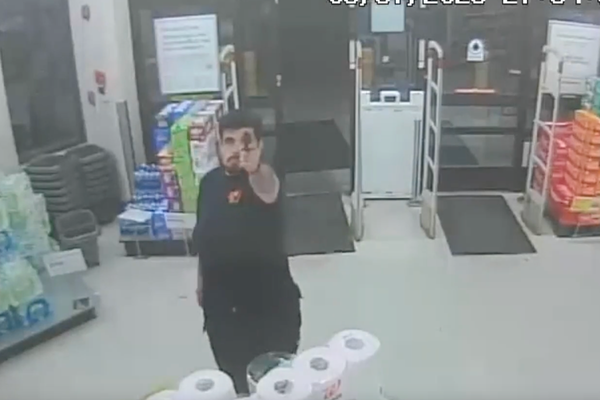
The UN nuclear watchdog has confirmed it found no sign of undeclared nuclear activity after inspecting three sites at Ukraine’s request in response to Russian allegations that work was being done on a “dirty bomb”.
Moscow has accused Ukraine of planning to use such a bomb – a conventional explosive device laced with radioactive material – and said institutes linked to the nuclear industry were involved in preparations, without presenting evidence. Ukraine’s government denies the accusation.
Volodymyr Zelenskiy, the Ukrainian president, hailed the conclusion, calling it “quite obvious” in his latest national address.
“We have invited the IAEA to check, we have given them full freedom of action at the relevant facilities, and we have clear and irrefutable evidence that no one in Ukraine has created or is creating any dirty bombs,” he said.
“The only thing that is dirty in our region now is the heads of those in Moscow who, unfortunately, seized control of the Russian state and are terrorising Ukraine and the whole world.”
Some Ukrainian and western officials have accused Moscow of making the allegation to give itself cover to detonate its own dirty bomb and pin the blame on Kyiv.
The US rejected as “transparently false” Russia’s accusations. The secretary of state, Antony Blinken, noted that “the world would see through any attempt by Russia to use this allegation as a pretext for escalation”.
In a statement released late on Thursday, the Vienna-based International Atomic Energy Agency said: “Over the past few days, the inspectors were able to carry out all activities that the IAEA had planned to conduct and were given unfettered access to the locations.
“Based on the evaluation of the results available to date and the information provided by Ukraine, the agency did not find any indications of undeclared nuclear activities and materials at the locations.”
The IAEA said in October it would inspect two locations in Ukraine after a request by Kyiv. On Monday it said those inspections had begun and on Thursday it said they had been completed at three locations rather than two, all of which had been mentioned by Russia.
The IAEA named the locations as the Institute for Nuclear Research in Kyiv, Eastern Mining and Processing Plant in Zhovti Kody, and Production Association Pivdennyi Machine-Building Plant in Dnipro.
The IAEA chief, Rafael Grossi, said evaluation of the results “did not show any sign of undeclared nuclear activities and materials” and environmental samples that were taken at the sites would be sent for lab analysis with results to be reported “as soon as possible”.







